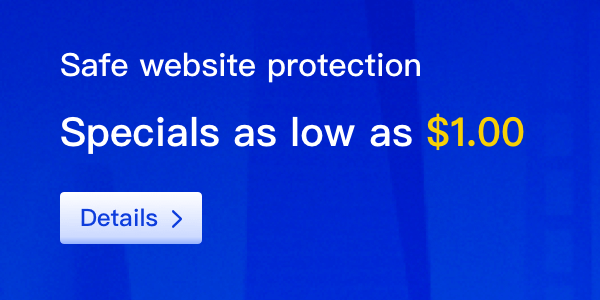Introduction
In modern work environments, email is a frequently used communication tool. Business emails can improve work efficiency, but the number of junk emails also increases. These junk emails not only waste time but may also contain malicious links and software, posing a threat to enterprise network security. Therefore, managing junk emails is an important task.
This article will introduce how to manage junk emails in business email to ensure enterprise network security and improve work efficiency.

Use Junk Email Filters
Business emails usually come with built-in junk email filters, which can automatically mark junk emails as spam or delete them directly. Administrators can set them according to their needs, such as setting the level and rules of the filters. In addition, enterprises can also use third-party junk email filters, which usually have higher accuracy and flexibility and can be customized according to the specific needs of the enterprise.
Using junk email filters is an important method for managing junk emails. It can automatically identify junk emails, thereby reducing the workload of employees and improving work efficiency. However, filters are not perfect and sometimes misjudge normal emails as spam. Therefore, enterprises should set according to their own situation to avoid misjudgment.
Establish Whitelist and Blacklist
Establishing a whitelist and blacklist is another way to manage junk emails. The whitelist is a list of allowed email addresses, and the blacklist is a list of prohibited email addresses. Administrators can control the range of emails received by enterprise email by setting the whitelist and blacklist. For example, administrators can set the whitelist as commonly used contacts and suppliers to ensure that important emails are not misjudged as junk emails. The blacklist can be used to block the addresses of junk email senders.
Establishing a whitelist and blacklist can more finely manage the email flow of enterprise email, avoid misjudgment and interference of junk emails. However, this method requires administrators to constantly update and maintain it, otherwise important emails may be missed.
Employee Training
Finally, employee training is also an important part of managing junk emails. Employees should be taught how to identify and avoid the risks of junk emails, such as not clicking on emails from unfamiliar senders, not opening unknown attachments, not replying to junk emails, etc. Employees should understand the enterprise's junk email policy and comply with relevant regulations to ensure enterprise network security.
Employee training is an important means of ensuring enterprise network security. Employees' security awareness and behavior habits are crucial to enterprise network security. Therefore, enterprises should strengthen employee training and continuously improve employees' security awareness and skills.
Conclusion
Managing junk emails is an important task that can be achieved by using junk email filters, establishing whitelists and blacklists, and employee training. Enterprises should formulate their own junk email management strategies and constantly update and improve them. Through effective junk email management, enterprises can improve work efficiency and ensure network security.
Enterprises need to consider different management methods comprehensively and formulate junk email management strategies that are suitable for themselves. These methods can complement each other and improve management effectiveness. At the same time, enterprises should also continuously update and improve their strategies to adapt to the constantly changing email environment.






















